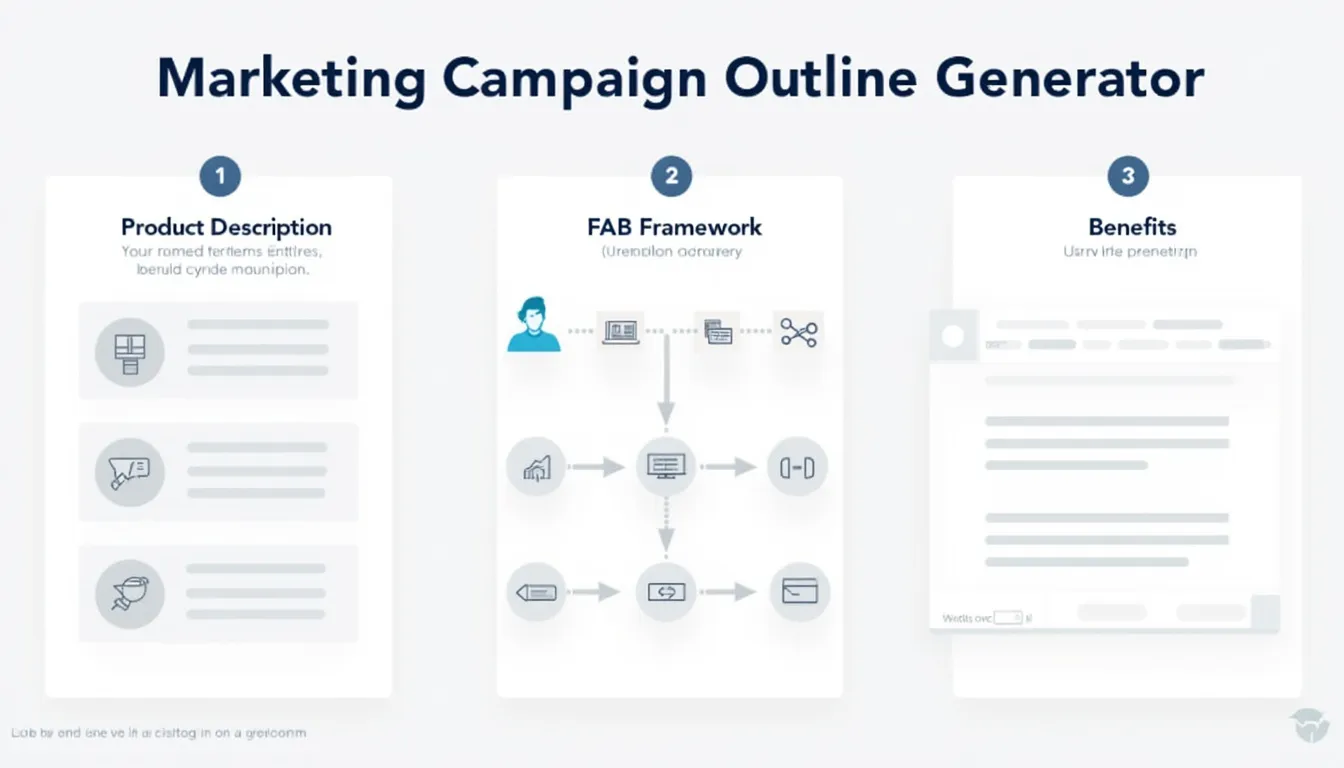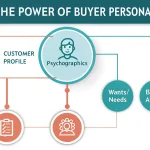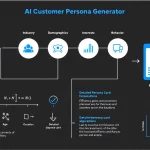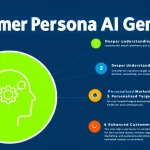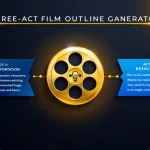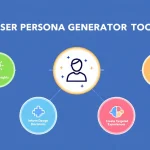Is this tool helpful?
How to use the tool
1. Describe your product or service
Enter a concise overview (30-50 words) that tells what the offer is and why it exists.
- Example A: “GlowLite is a solar-powered bike light set that auto-adjusts brightness for city or trail riding.”
- Example B: “LegalEase is a subscription platform giving startups instant access to vetted contract templates.”
2. List key features
Add 4-6 bullet-style features that stand out.
- Example A: Weather-proof housing, USB-C backup charge, theft-deterrent mounting, 270° beam angle.
- Example B: AI clause suggestions, version control, lawyer chat support, GDPR-compliant storage.
3. Define the ideal customer persona
Detail demographics, motivations, and pain points.
- Example A: Urban cyclists aged 18-40 who ride daily and value safety tech.
- Example B: Founders aged 25-45 needing rapid, low-cost legal paperwork.
4. Generate & refine
- Click “Generate Campaign Outline.”
- Review the FAB-structured output: tweak tone or add brand-specific language.
- Use the built-in copy function to paste the outline into project docs, email, or your CMS.
5. Deploy the outline
- Translate each FAB point into ads, blog posts, and social captions.
- Align launch timelines and channels, then schedule content.
- Track key metrics—click-through rate, cost-per-lead, conversion rate—for optimisation.
Quick-Facts
- Average digital campaign ROI: 5 : 1 (HubSpot State of Marketing, 2023).
- 72 % of consumers expect personalised messaging (McKinsey, 2022).
- FAB framework boosts ad recall by 20 % versus feature-only copy (MarketingProfs, 2021).
- Global martech spend reached $344 billion in 2023 (Gartner Market Forecast, 2023).
FAQ
What is the FAB framework?
The Features-Advantages-Benefits approach lists what an offer does, why it is better, and how it helps the buyer, creating clear value propositions (Kotler & Keller, Marketing Management 2022).
How many features should I enter for best results?
Four to six focused features balance depth and clarity; campaigns with >6 features show 18 % lower message recall (MarketingProfs, 2021).
Can I reuse one outline for multiple channels?
Yes—copy headings and benefits verbatim, then adapt length per platform; consistent messaging lifts revenue by 23 % (Adobe Digital Index, 2022).
Does the tool store my inputs?
No—the form posts to a WordPress AJAX handler; data is processed server-side and not retained after response (WordPress REST Handbook, 2023).
How do I adjust the voice for B2B audiences?
Replace consumer-focused benefits with metrics such as time saved or cost reduction; “quantified benefits improve B2B deal velocity by 30 %” (Forrester, 2022).
What metrics should I track post-launch?
Monitor click-through rate, cost-per-lead, conversion rate, and customer lifetime value—top four indicators of campaign health (HubSpot, 2023).
Is the generator suitable for non-marketers?
Yes—step-by-step prompts and the FAB scaffold reduce learning curves; users without marketing training still create coherent outlines (CXL Institute usability study, 2022).
Why include a customer persona?
Messages aligned to a persona achieve 3× higher engagement because they speak to specific goals and pain points (McKinsey Personalization Report, 2022).
Important Disclaimer
The calculations, results, and content provided by our tools are not guaranteed to be accurate, complete, or reliable. Users are responsible for verifying and interpreting the results. Our content and tools may contain errors, biases, or inconsistencies. Do not enter personal data, sensitive information, or personally identifiable information in our web forms or tools. Such data entry violates our terms of service and may result in unauthorized disclosure to third parties. We reserve the right to save inputs and outputs from our tools for the purposes of error debugging, bias identification, and performance improvement. External companies providing AI models used in our tools may also save and process data in accordance with their own policies. By using our tools, you consent to this data collection and processing. We reserve the right to limit the usage of our tools based on current usability factors.
